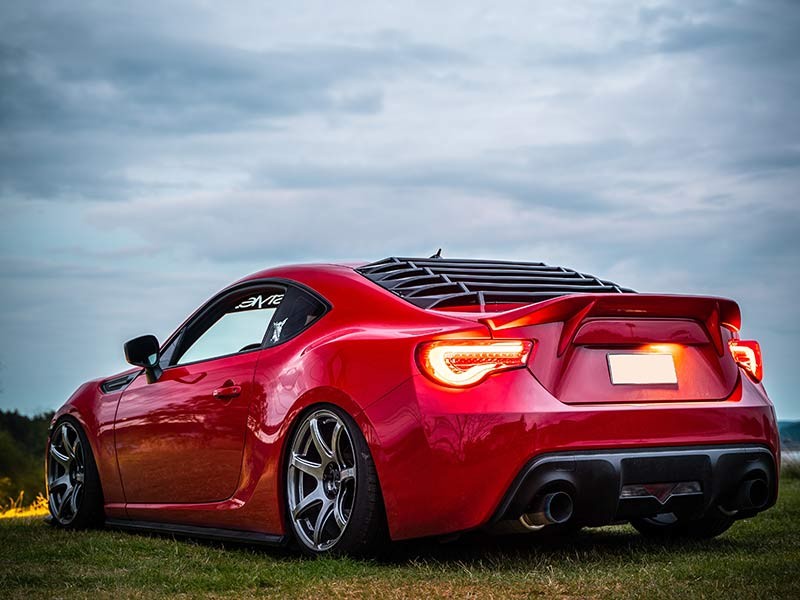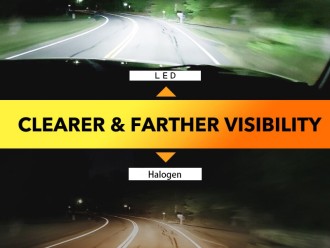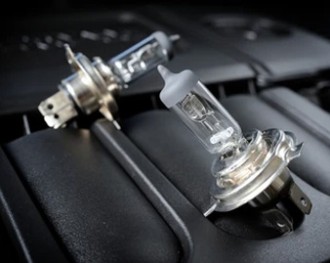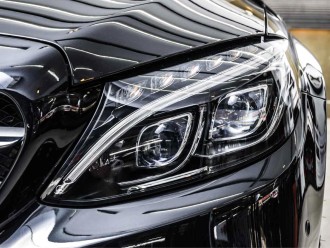With the continuous development of the market and technology, all kinds of car light products have sprung up on the market like bamboo shoots after a rain. Good and bad products are mixed, fish and fish are mixed, various brands are mixed, and various advertisements are all over the sky. Consumers are often deceived. It is necessary for us to make an objective evaluation on the relevant data of existing products, so as to give consumers a reference in their choice. Allow consumers to find products that are truly suitable for them.
Before that, I will explain a few indicators of the data:
- Luminous flux (luminous flux) refers to the radiant power that the human eye can feel. Simply put, it is a measure of how much light the light source outputs, that is, the brightness of the light source. For example, for a bulb, all the light output by it is added together to get the specific value of the bulb's luminous flux. Integrating sphere is generally used to measure luminous flux!
- Illuminance: (Lux LX) refers to the size of the luminous flux illuminating a unit area, lux = lumens/square meter, a light source is illuminated by a lamp, and the illuminance produced at different illumination positions is different. An illuminance meter is generally used to measure illuminance. The illuminance meter can only reflect the brightness of the local location where the light source shines, but not the overall brightness of the light source.
- Luminous efficiency: (Lumens/Watt) is also called luminous efficiency, that is, the ratio of the luminous flux emitted by the light source to the power consumption. Different light sources emit the same luminous flux, and the lower the power consumption, the higher the luminous efficiency value. The higher the luminous efficiency value, the stronger the ability of the lighting equipment to convert electrical energy into light energy. Light efficiency is a very important indicator to measure the pros and cons of LED car lights.
- Color temperature: (Kelvin K) A unit of measurement that contains color components in light. Simply put, it is the color value of light. The level of color temperature has no direct relationship with brightness. For car lights, the choice of color temperature is just that the human eye is comfortable with light. Degree of choice. The comfortable value of the color temperature of the car lights is around 4000-6500K.Color rendering index: The color rendering ability of a light source to an object is called color rendering. Simply put, a light source with good color rendering can better restore the authenticity of an object. A light source with poor color rendering not only cannot truly restore the object, but also more likely to cause eye fatigue. For car light sources, whether the road conditions can be truly restored at night without causing eye fatigue, the color rendering index is a very critical indicator.
Of course, judging the pros and cons of a good car LED light product is not a good product that is bright enough. Brightness is the first consideration for most car owners. However, as the brightness increases, the requirements for all aspects of the product will become higher and higher. Products with high brightness tend to have higher power correspondingly, just as a car with a large displacement must be better than a car with a small displacement. Therefore, when we pay attention to the brightness of the product, we should also pay attention to the product's "luminous efficacy", that is, the luminous flux generated by the unit power. A product with a high luminous efficacy is an excellent product in optical design.
There are also LED products with high brightness. Another very important factor is to consider its heat dissipation. Poor heat dissipation will accelerate the attenuation or even damage of the LED chip. Many LED products have temperature control. Reduce the power, and sometimes it becomes very bright when it is lit, and then it gets darker as it is dotted. I believe that many of my friends have happened to this kind of thing.
Another indicator of LED products to consider is the "color rendering index". Products with a high color rendering index can better restore the conditions on the road, making your vision clearer and seeing things clearer. This is what we usually call the "sense of road illumination". Many products shine on the wall, but the effect of road illumination is average, that is, the color rendering is not good, and the reality of the road conditions cannot be restored well.
As for the level of color temperature, it is more a matter of personal preference. Color temperature is related to penetrating power, but the actual meaning in car lights is not what everyone generally thinks will have a particularly large impact on rainy and foggy days. The effect is generally not good on rainy days. It is caused by the reflection of water on the road. In foggy days, the effect of low color temperature lamps will be better than that of high color temperature lamps.
Other considerations include:
- Modification applicability: A good lens should be as easy as possible to install, suitable for most follow-up models
- Fan noise: The fan speed of the cooling system is too high, the sound is too loud, and the vibration is too loud. Some car owners don't like it, so the cooling system should be as quiet as possible.
- Motor stability: This is the basic guarantee factor for a lens. If there is a jam phenomenon, it is a substandard product. This test cannot be used to evaluate this index.
- High and low temperature weather resistance: A good car light should also meet the requirements for the weather resistance of the working environment. No matter how bad the working environment is, it can still maintain a stable working state.
- Modification technician craft: Needless to say, no matter how good the product is, it needs a good technician to install and debug it to maximize the effect.
Choosing a good car light product should comprehensively consider the low-beam brightness, high-beam brightness, light effect value, color rendering, suitability for volume modification, heat dissipation efficiency, color temperature comfort and other aspects as the evaluation criteria. The high two indicators does not mean that it is a good car LED light product. All car enthusiasts should keep their eyes open when choosing products.









Validate your login